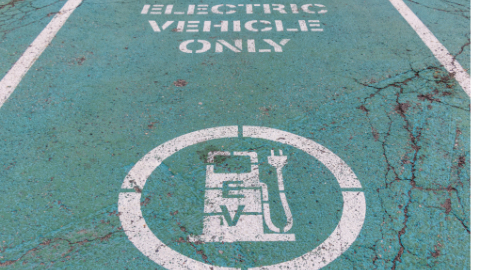
National Renewable Energy Laboratory (NREL) is currently investigating a number of aspects of electric vehicle (EV) technology.
One area examines the requirements and feasibility of wireless electric vehicle (EV) charging that would aid in realizing the potential of charge-sustaining EV operation while enabling the use of smaller, cheaper batteries. The research focuses on the associated hardware, communication, and control strategies needed, as well as its potential to be cost-competitive with conventional fast-charging technologies.
In order to design an optimized system, a number of interrelated variables need to be taken into account:
- roadway classes to be electrified;
- roadway charging segment locations and lengths;
- charging power levels;
- range of vehicle classes (i.e., light, medium, and heavy duty); and,
- appropriate battery capacity to enable charge-sustaining operation for long-distance travel.
NREL is also evaluating the potential cybersecurity impacts of electric vehicle grid integration. Advances in information technologies used by EV’s can lead to an increased potential for cyber-attacks. Using NREL’s power and communication systems emulation and cybersecurity capabilities, they are evaluating the potential security impacts of connecting EVs, EV charging stations, and other IoT devices to the electric grid.
A high concentration of shared, autonomous, electric vehicles (SAEVs) in ride-hailing fleets may have impacts upon the grid. NREL is using their Highly Integrated Vehicle Ecosystem (HIVE) simulation framework to model vehicle operations at the city-scale using real-world travel data. To minimize the impacts of SAEV charging on the power system, researchers are developing distributed control technologies for managing the energy loads of EV charging station clusters. Charging stations within the same cluster communicate with each other to achieve optimal power sharing through consensus-based algorithms, minimizing peak demand on the power transmission system.
